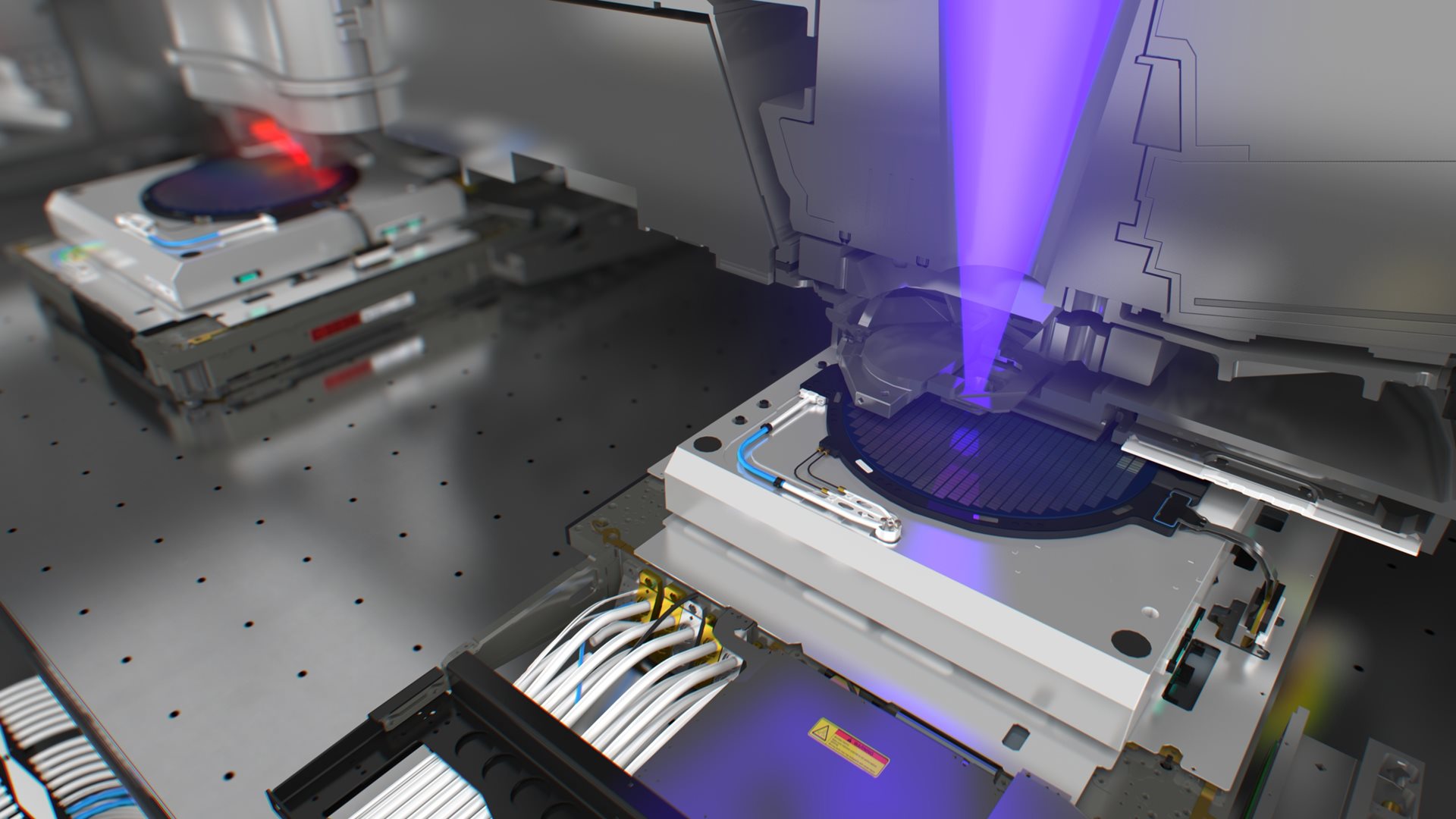Copyright Arkansas Online

The Trump administration will take a stake in at least $80 billion of new nuclear reactors that it sees as key to continuing to develop artificial intelligence technologies through a deal it inked with the parent companies of nuclear developer Westinghouse. The reactors would be at least in part funded by Japan, which agreed to invest $100 billion in Westinghouse projects built in the U.S. with the help of Japanese contractors, according to a fact sheet published by the Japanese government. The deal, announced Tuesday morning by Westinghouse's owners, does not specify how much U.S. taxpayers would spend to help construct the AP1000 reactor units the Trump administration wants built. Investments in the reactors can be risky, because large nuclear projects are routinely beset with massive cost overruns and long delays. The last AP1000 units built in the U.S. were installed in Georgia, and ended up costing nearly double the initial projection -- adding an unanticipated $17 billion to the price tag. The project was completed seven years behind schedule. But when operating successfully, the plants provide unrivaled amounts of energy, with each rector generating enough electricity to power more than 800,000 homes. The technology is considered by large tech companies and the administration to be a linchpin to the advancement of AI innovation, as it can fuel data centers that now consume the electricity equivalent of entire cities. The administration made the deal with Brookfield Asset Management and Cameco Corp., which jointly own Westinghouse. The units use light-water reactor technology that has long fueled U.S. nuclear power. Notably absent from the announcement are next generation nuclear technologies championed by the administration, and which promoters say are safer and more nimble than legacy reactors. The companies trying to bring such plants to market have been hit with repeated engineering and supply chain setbacks and have yet to connect a single such reactor to the power grid. The $80 billion agreement stems from executive orders President Donald Trump signed earlier this year, aimed at reviving nuclear power. One of the orders called for the development of at least 10 large, legacy reactors. "This historic partnership with America's leading nuclear company will help unleash President Trump's grand vision to fully energize America and win the global AI race," Energy Secretary Chris Wright said in a statement. The partnership is designed with "profit sharing mechanisms" that provide U.S. taxpayers returns "once certain thresholds are met," according to the announcement. Under the agreement, after the U.S. government signs final contracts for the construction of at least $80 billion in Westinghouse reactors, it would be entitled to receive 20% of Westinghouse returns in excess of $17.5 billion. The U.S. could also require Westinghouse to go public if the company's valuation surpasses $30 billion. If it does go public, U.S. taxpayers would be entitled to a 20% equity stake in the company, according details released by Brookfield. The Trump administration's plan for a huge build-out of nuclear power remains controversial. Roughly 90% of the new energy on the power grid over the last year has come from wind and solar power, coupled with battery storage. Such energy is less reliable than nuclear power but considerably cheaper. Some energy economists warn a massive build-out of nuclear power could take decades and come at a steep cost to ratepayers and taxpayers. The artificial intelligence industry is desperate for power now. The administration is trying to meet their needs by fast-tracking the approval process for new nuclear plants.



